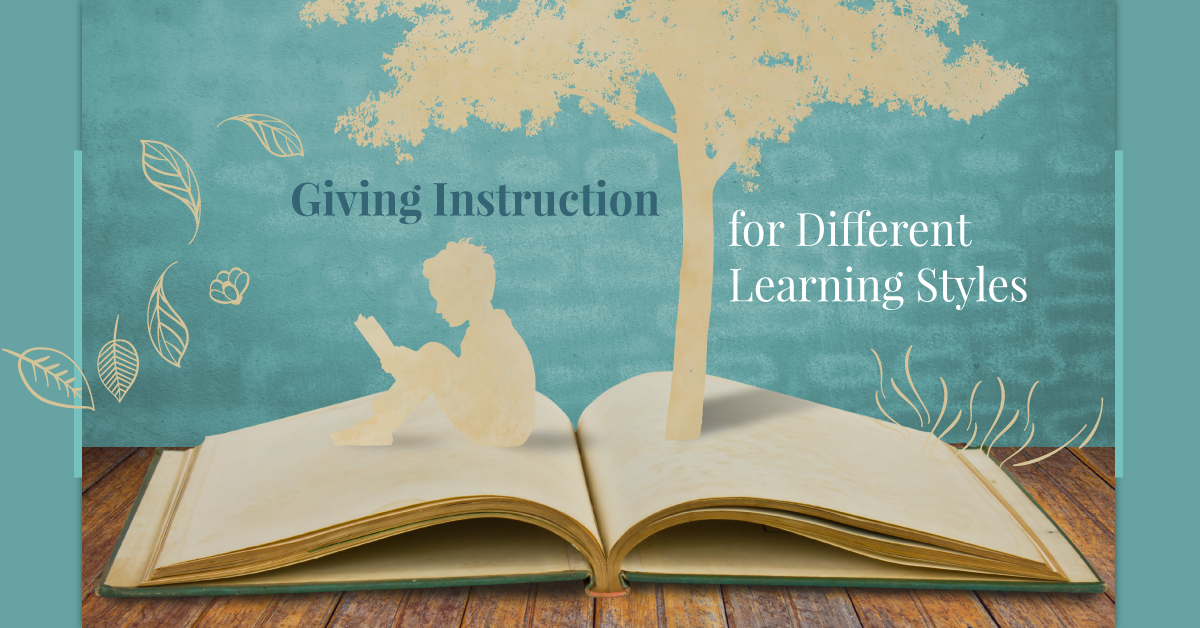Giving Instructions for Different Learning Styles
A learning style refers to the way students best acquire and retain information. The VAK learning style refers to three different ways of learning: Visual, Auditory, and Kinesthetic. For example, let’s say you have a student who is interested in learning how to run your school’s soundboard. A visual learner would most likely read the instruction manual or watch a video to learn the ins and outs of the board. An auditory learner would prefer to listen to you give verbal instructions. A kinesthetic learner would want to physically press buttons and turn dials to get a feel for the board and find out what each button controls.
You will undoubtedly have students of all three types in your drama classroom, so it’s important that your instructions cover the three different learning styles as much as possible. While it’s not always possible to focus on all three styles in every lesson, try to mix up your instruction methods to keep your lessons interesting, engaging, and fun for your students.
Let’s look at some ideas for giving your students instructions for different learning styles.
Visual – learns best by reading / seeing
- Give written handouts or reference sheets
- Write instructions on the board or use a projector for students to read
- Show students a video demonstrating the lesson
- Use posters, photographs, or charts
- Post instructions on a classroom website for students to download and read
- Have students take written notes on your instructions
- Show students a demonstration of the activity
Auditory – learns best by listening / hearing
- Give verbal instructions
- Have students repeat back your instructions out loud or re-state your instructions in their own words
- Ask students verbal questions for comprehension
- Try and keep the room quiet to eliminate distractions, so students can listen more effectively
Kinesthetic – learns best by doing / practicing / moving
- Give short instructions so students can get up and try the lesson right away
- Have a volunteer student help to demonstrate the instructions with you
- Have students highlight or colour-code important information
- Have students give responses using different methods, such as drawing, dancing, creating a physical scene, or using hand gestures
- Have students lead warm-ups or teach a portion of the lesson to the rest of the class
Once you’ve figured out some different methods for giving instructions in the three learning styles, experiment to find out ways to combine two or more methods. For example, give students handouts and have them take turns reading the instructions out loud, or show an instructional video and get students up on their feet to try the activity right away. You may wish to poll your students to find out how they prefer to receive instructions. After all, an engaged class is a productive class!



